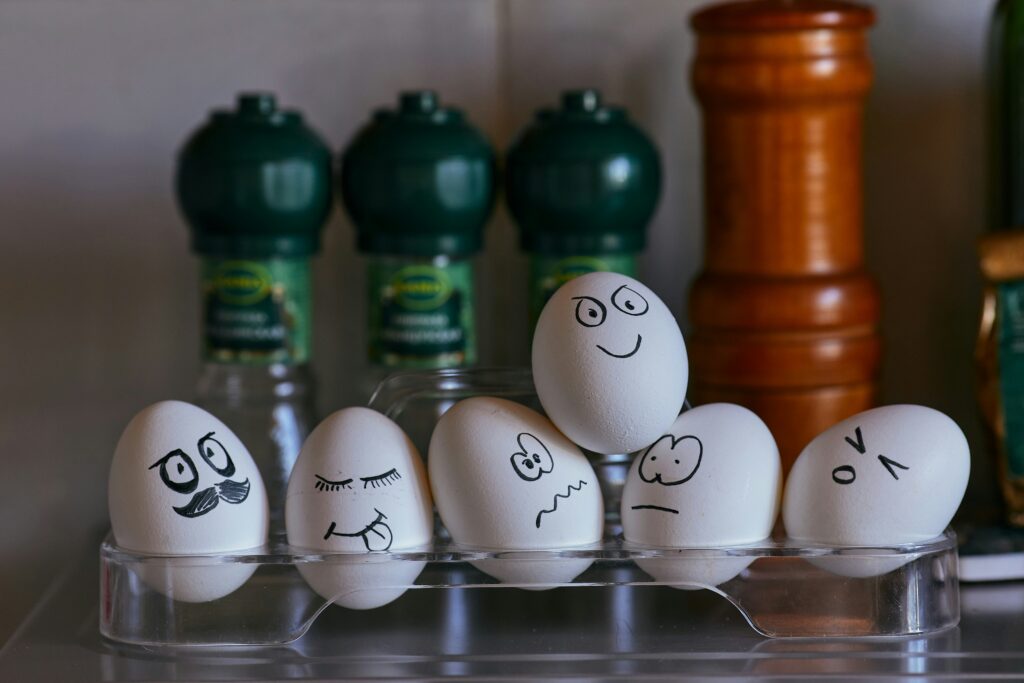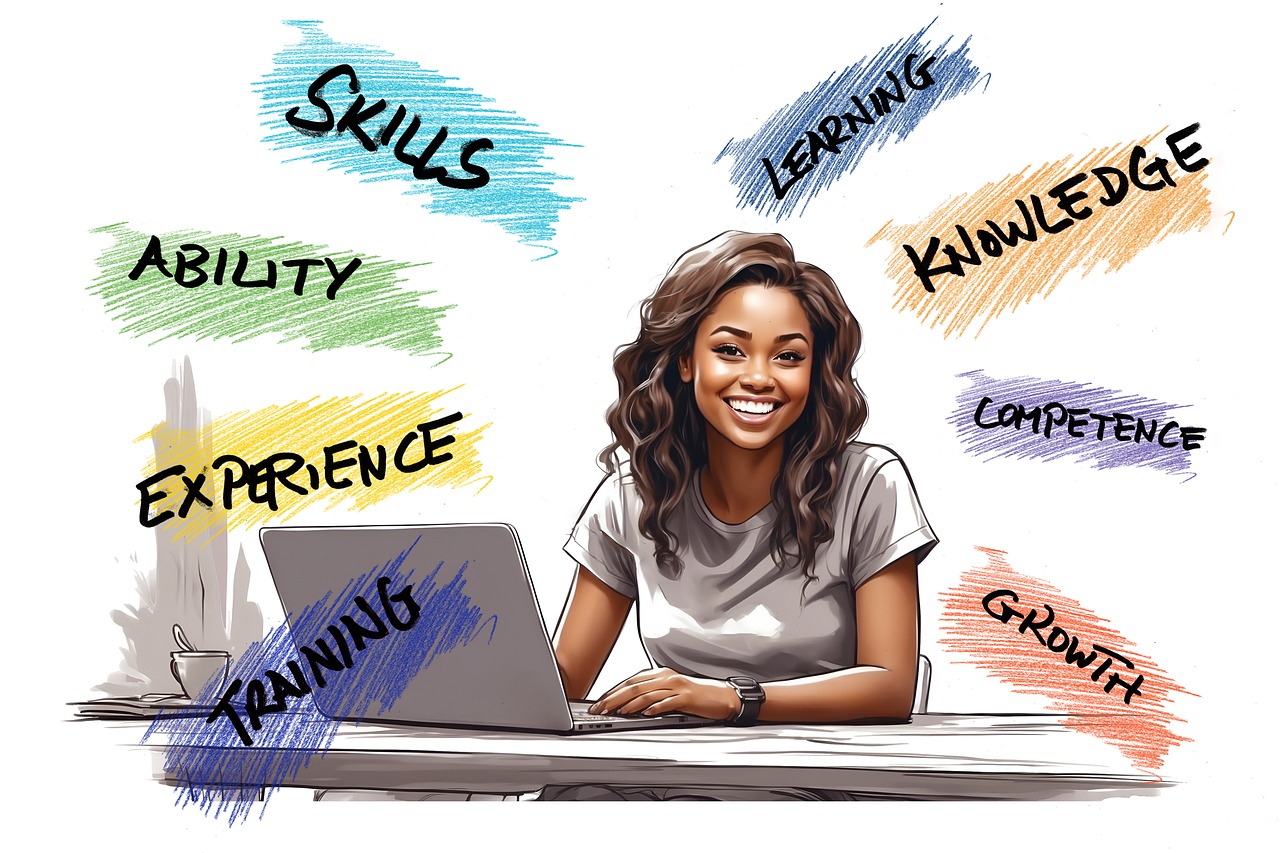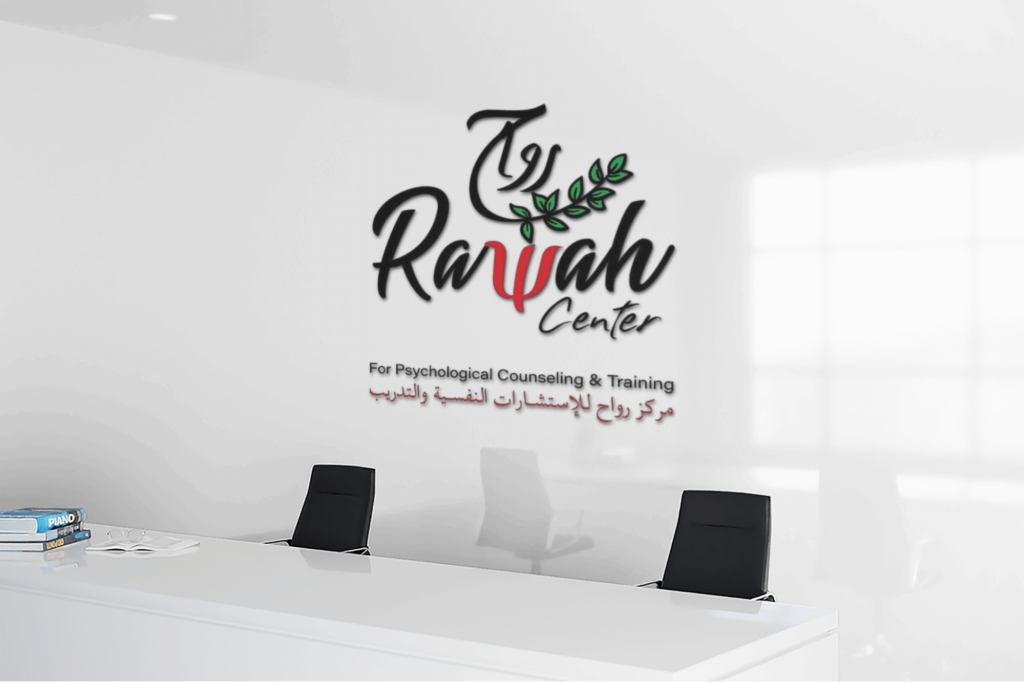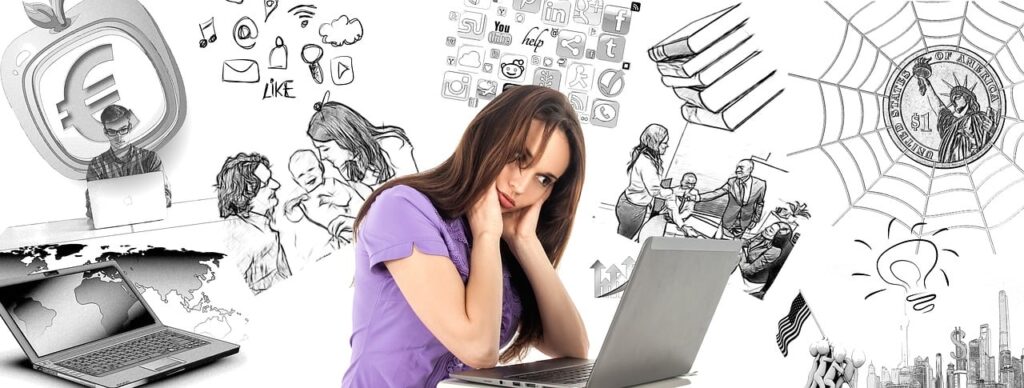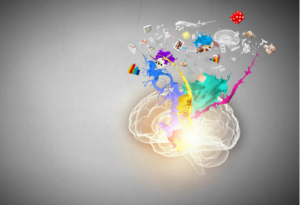Emotions and Thoughts: How They Shape Your Reactions
✍ Dr. Shadia Osman | Psychologist
Inner peace comes from the harmony between emotions and thoughts. When they are not in sync, it leads to negative reactions that can hinder personal growth and achieving life goals. But what’s the relationship between emotions and thoughts? Do thoughts cause emotions, or do emotions drive thoughts?
Humans are born with emotions; they are innate, unlike thoughts, which are acquired through our interactions with the environment. Emotions serve as the bridge between the mind and behavior—examples include fear, anxiety, sadness, and tension. Thoughts, on the other hand, are learned and stem from our environment. For example: “I am a failure” or “No one loves me.” These negative thoughts trigger emotions.

When someone feels upset, anxious, or sad, it’s important to identify the reason. In some cases, there’s no clear cause for the emotion. Here, the key is to release the emotion. Bottled-up emotions become toxic energy that negatively impacts health. In other cases, there’s a specific thought causing the emotion, and in these situations, addressing and finding solutions to the thought can help.
The takeaway: emotions must be released, while thoughts need to be addressed.
Strategies for Releasing Emotions:
- Engage in positive activities, like taking a walk or calling a friend.
- Acknowledge the presence of negative emotions (e.g., sadness, anxiety).
- Don’t fear your emotions—accept and release them.
- Writing down and tearing up your negative thoughts can also help release them.
- Use spiritual practices like prayer or reading the Quran.
Strategies for Addressing Negative Thoughts:
- Identify the specific thought causing the negative emotion.
- Find practical, immediate solutions to tackle the thought.
- Avoid projecting negative thoughts onto others.
In cognitive behavioral therapy (CBT), emotions, thoughts, and behaviors are connected through a simple formula:
Thoughts + Emotions = Behavior
Without acknowledging emotions, behavior can seem unjustified. The relationship between emotions and thoughts plays a crucial role in explaining our actions. Psychologist Albert Ellis, through his Rational Emotive Behavior Therapy (REBT), emphasized this connection.
How do emotions and thoughts influence our reactions?
Emotions and thoughts are deeply interconnected. Thoughts often trigger emotions, and emotions can shape the way we perceive situations. Our reactions are a result of this combination—how we interpret events mentally (thoughts) and how we feel about them (emotions).
Can we control our emotional reactions?
While we can’t always control our immediate emotional responses, we can learn to manage how we react to them. Techniques like mindfulness, cognitive reframing, and emotional regulation can help us respond more effectively to emotions.
What is the role of cognitive distortions in shaping reactions?
Cognitive distortions are biased or irrational thinking patterns that can lead to negative emotions and reactions. Examples include catastrophizing (expecting the worst) or overgeneralizing (seeing a single negative event as a pattern). Recognizing and challenging these distortions can help improve emotional reactions.
How can I change negative thought patterns?
How can I change negative thought patterns?
To change negative thought patterns, try cognitive restructuring, a technique used in Cognitive Behavioral Therapy (CBT). This involves identifying negative or distorted thoughts, questioning their accuracy, and replacing them with more balanced, realistic thoughts.
